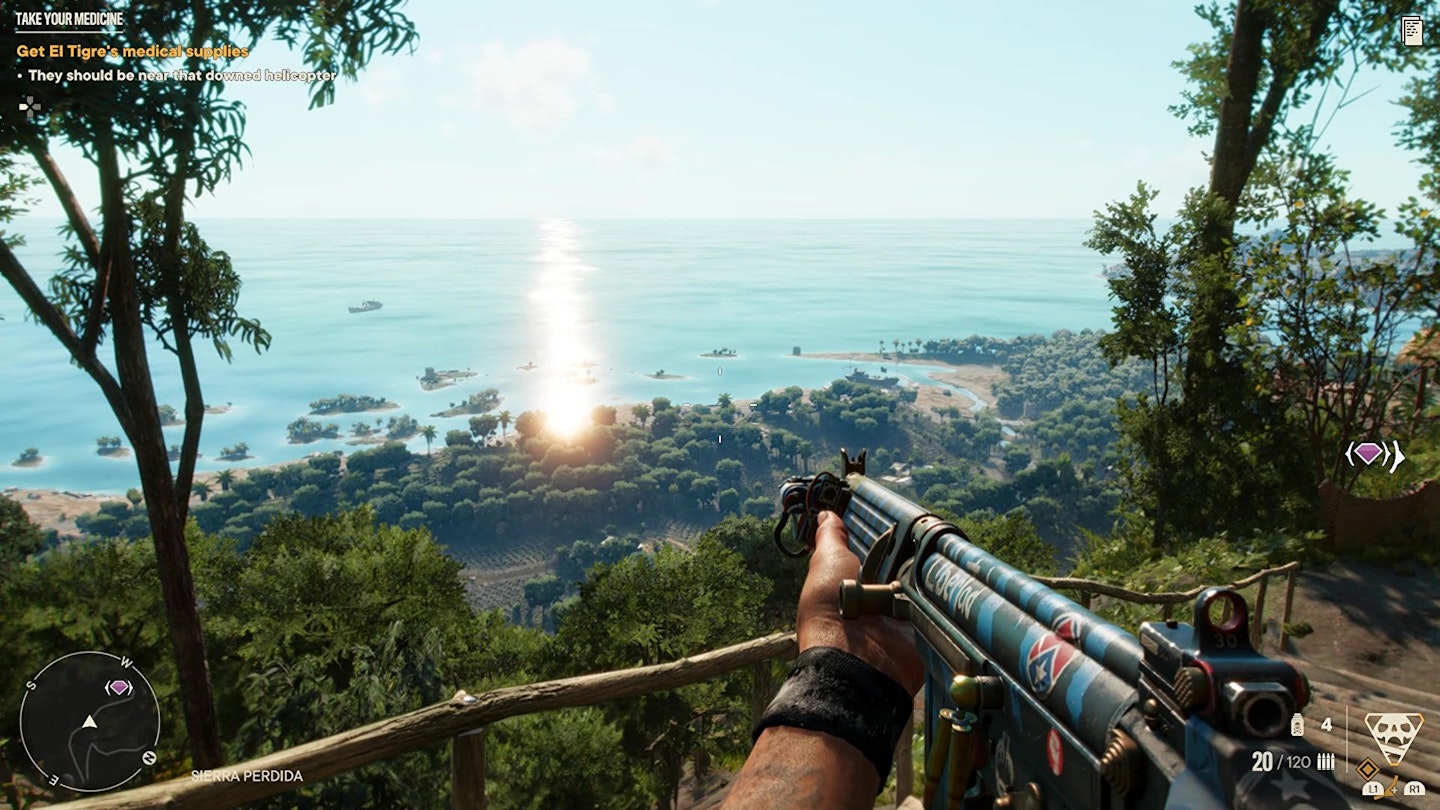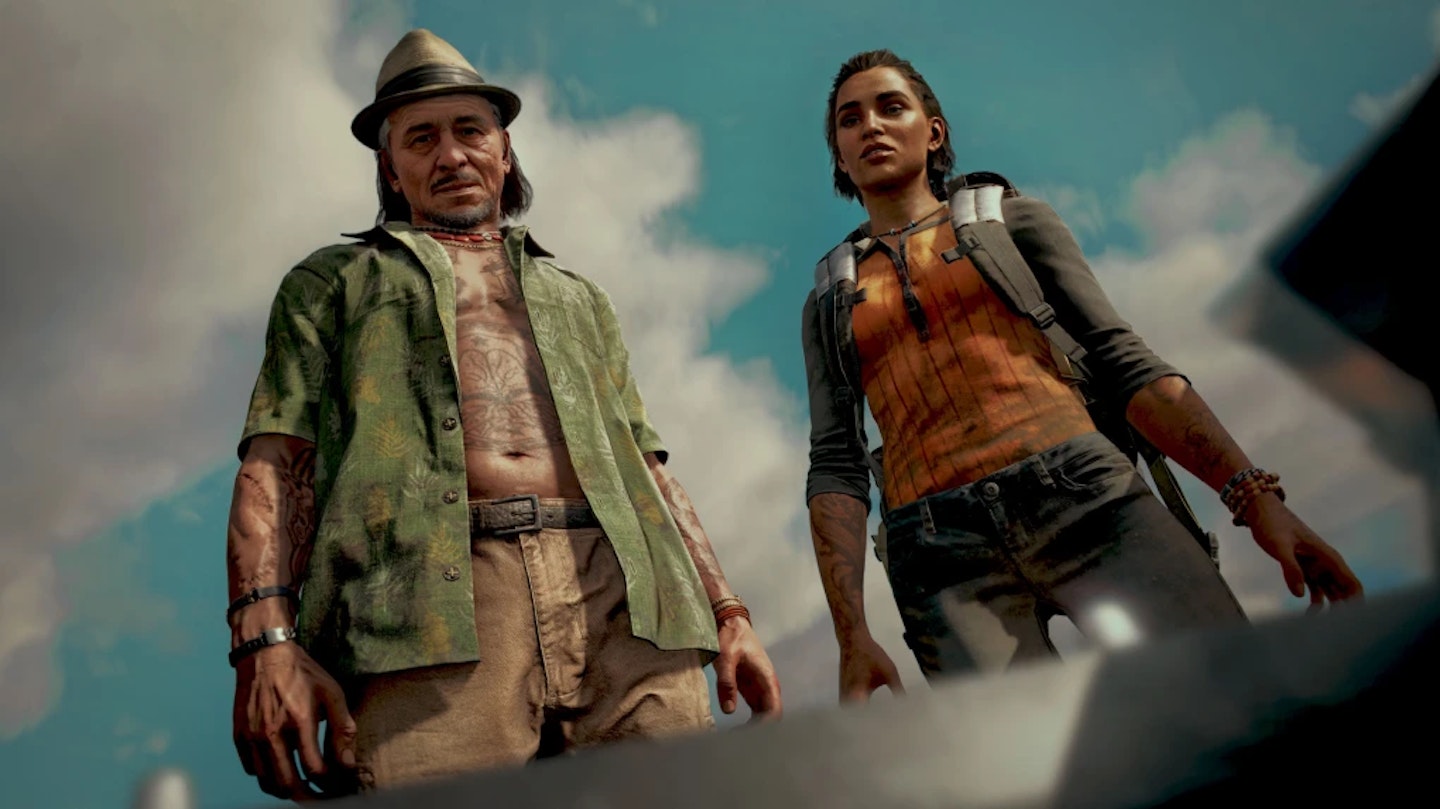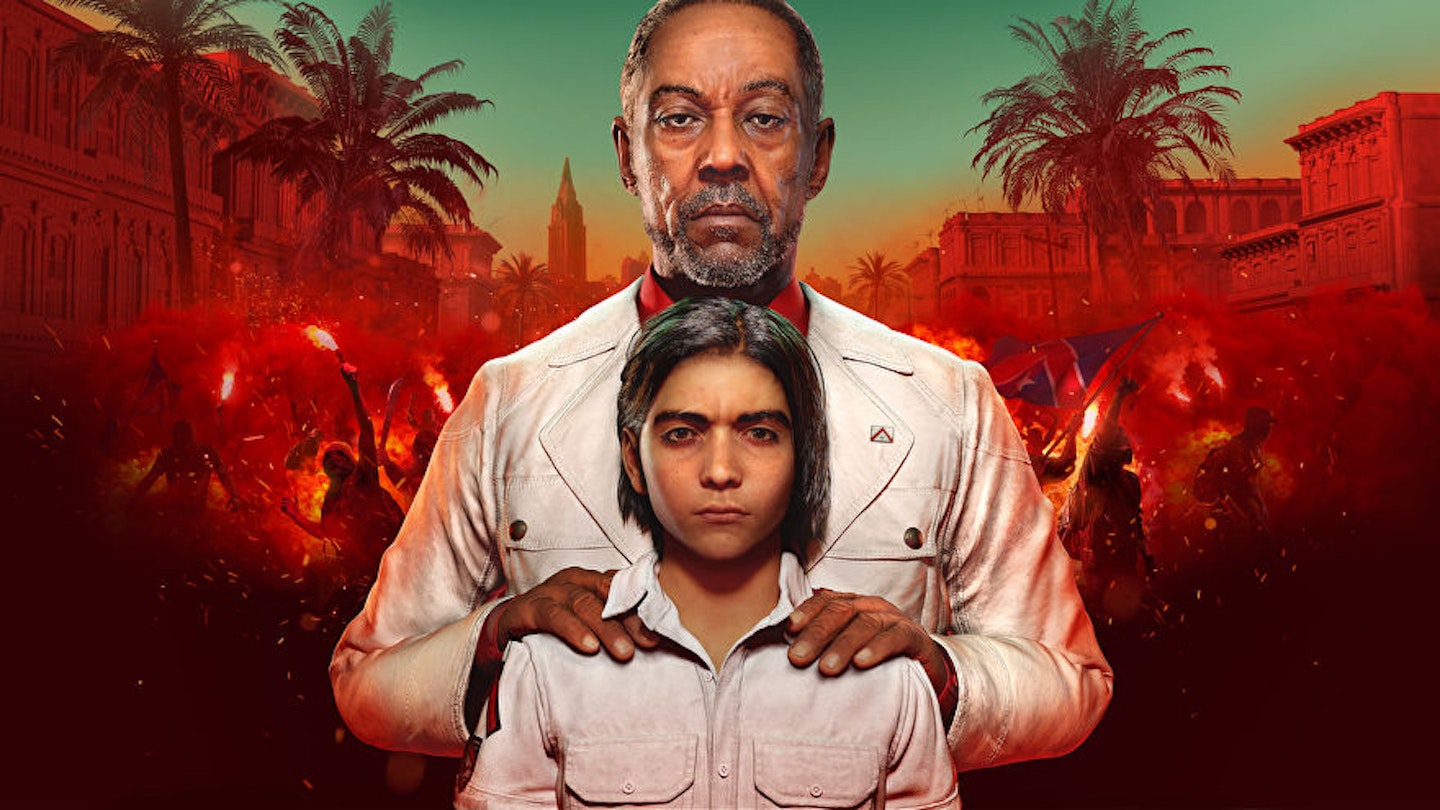Platforms: Xbox Series X, Xbox One, PS5, PS4, PC
Far Cry has always been defined by its villains, but Antón Castillo may be the most compelling and complex the series has ever presented players with. President for life of Yara – a Caribbean island nation that's Cuba in all but name – Castillo is an unabashed fascist, inheritor of the presidency from his own dictator father and set on passing the mantle to his own son Diego, whether he wants it or not.
Masterfully brought to life by The Mandalorian's Giancarlo Esposito, what makes Castillo so terrifying is his sanity. Unlike Far Cry 3's psychotic Vaas, 4's delusional Pagan Min, or 5's fanatical Joseph Seed, Castillo truly believes in what he's doing, in how he runs Yara, in the future he sees for his people, and has no compunctions about the actions he must take to get there. His is a cold, calculating brand of evil, and a character Esposito endows with chilling presence.

If Far Cry 6 were a movie, the whole film would hinge on Castillo and his approach to Yaran governance. There's a complexity to his rule and the politics, with his having elevated the country's global standing by driving scientific progress and medical developments the whole world benefits from, but at the expense of brutalising his own people, disappearing dissidents in the night.
Somewhat unfortunately, Far Cry 6 is not a movie, but rather Ubisoft's latest open world action adventure. The result is that Castillo is too often a distant, rarely encountered figure – aside from the shadow his rule casts over the country – and players instead spend their time as Dani Rojas, a former soldier turned guerrilla fighter looking to bring down Castillo's rule.
There's a level of polish and refinements that make *Far Cry 6* one of the stronger overall entries.
At this point, Far Cry is at risk of falling into "if you've played one, you've played them all" territory, and a surface glance of this six main instalment might bear that out. As Dani – who can be female or male, depending on your choice at the start of the game – traverses Yara, any returning player will find a familiar array of tasks to check off as the progress. Between checkpoints to liberate, watchtowers to scope out the surrounding area with, seemingly countless weapons to acquire, mod, and upgrade, and a fleet of vehicles to seize control of, it's all exceedingly familiar.
Peer closer though, and there's a level of polish and refinements that make Far Cry 6 one of the stronger overall entries. The main threat being an actual government – rather than a militia or cult – changes the approach to combat and exploration. You'll be incentivised to stick to secret guerrilla paths, laid by revolutionaries back in the 1960s, to get around, while Castillo's forces have real military might and resources to call on. Reinforcements to bolster enemy numbers and medics to revive downed soldiers are just a couple of ways players are forced to think about how they engage.
Enemies also have unique strengths, weaknesses, and resistances now. Some will be more vulnerable to certain weapon types, or be able to withstand particular attack types, and while it's all a little bit quasi-magical – a bullet's a bullet at the end of the day – it does make each encounter that bit more tactical than in previous Far Cry games. Base commanders are almost always tougher than their subordinates too, able to take more damage and dish more out.

While you might think all that would necessitate stealthy play, Far Cry 6 actually gently nudges players towards more active engagement than previous games have. For instance, early on, you'll get your first companion – a crocodile called Guapo, a killer reptile you can direct to attack enemies, causing major chaos and convenient distractions. While later companions can boost stealth mechanics, Guapo is also effectively immortal, capable of self-reviving if downed and serves as a bullet sponge, which really rewards more aggressive play. Other companions and weapons further reward rushing in all guns blazing.
The approach to weaponry is also more fanciful than previous games. Here, you'll be able to craft "resolver" weapons – kit-bashed tools of destruction, all built from scrap. There's a nice gameplay loop too, where carnage inflicted through regular more rapidly recharges your ability to unleash powerful attacks from your "Supremo" arsenal – effectively super moves, launched from a pipe-bomb backpack powered by depleted uranium.
Unfortunately, one major change in Far Cry 6 is for the worse. Rather than unlocking fixed skills through the RPG-style character growth of its predecessors, abilities here are tied to the gear you wear or mods you equip on your weapons. It makes for a frustrating sense of regular regression, with abilities gained and lost as you swap loadouts – which wouldn't be quite so frustrating if not for the inability to favourite or even satisfactorily sort your inventory, instead being lumbered with a cluttered UI.
Ultimately, Ubisoft has got the production of Far Cry games down to a near-science now, tweaking the formula here and there for slightly varied results. Far Cry 6 improves on some areas its precursors fell down on, slips up with some of its more ambitious changes, but ultimately doesn't rock the boat too much. There's enough different here that it's not exactly "played one, played them all" – not yet – but it's also unlikely to surprise anyone who's been here before. It's also a game elevated almost single-handedly by Esposito's presence – without such a memorable performance, Far Cry 6 would likely feel far more average than it does.
